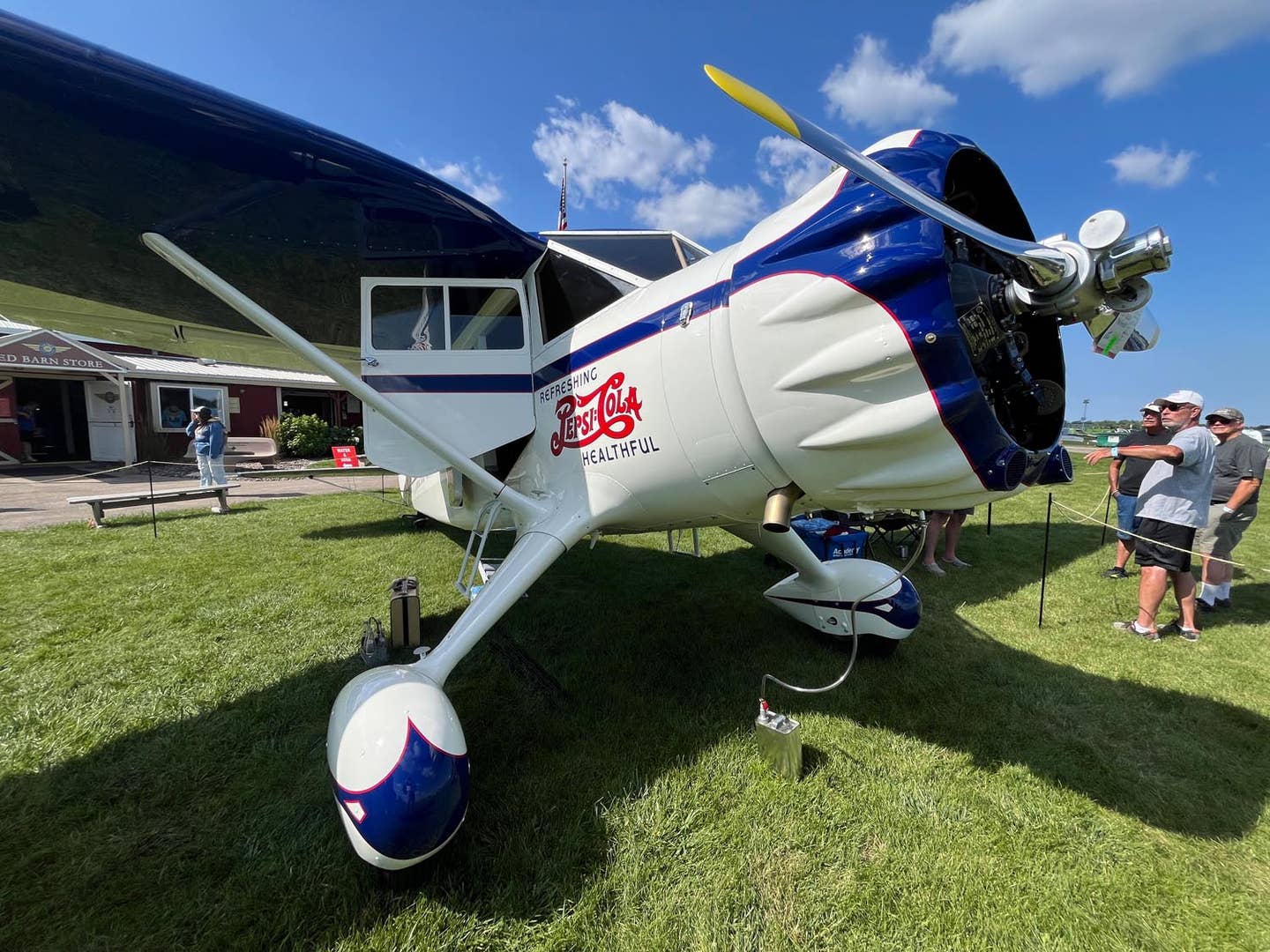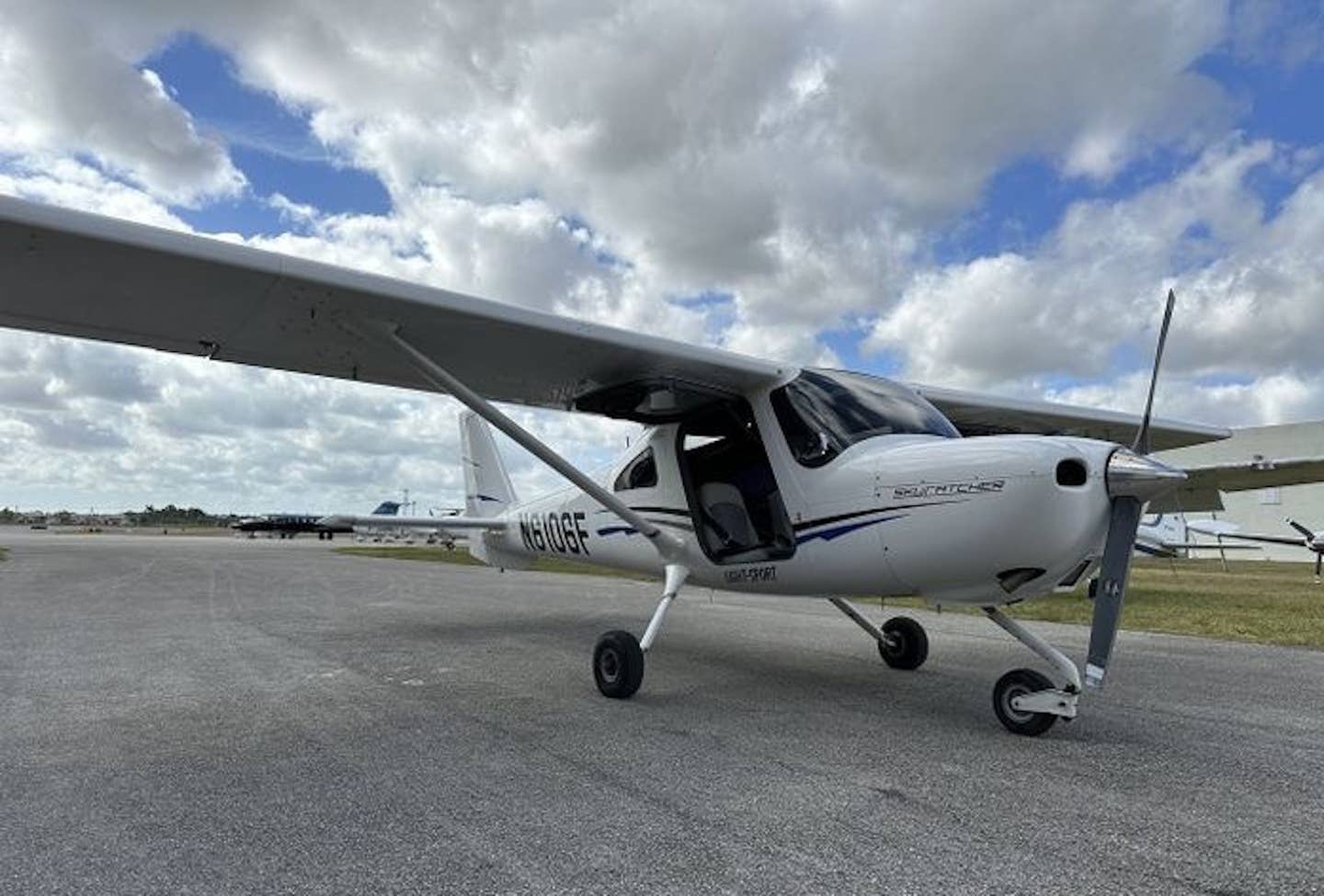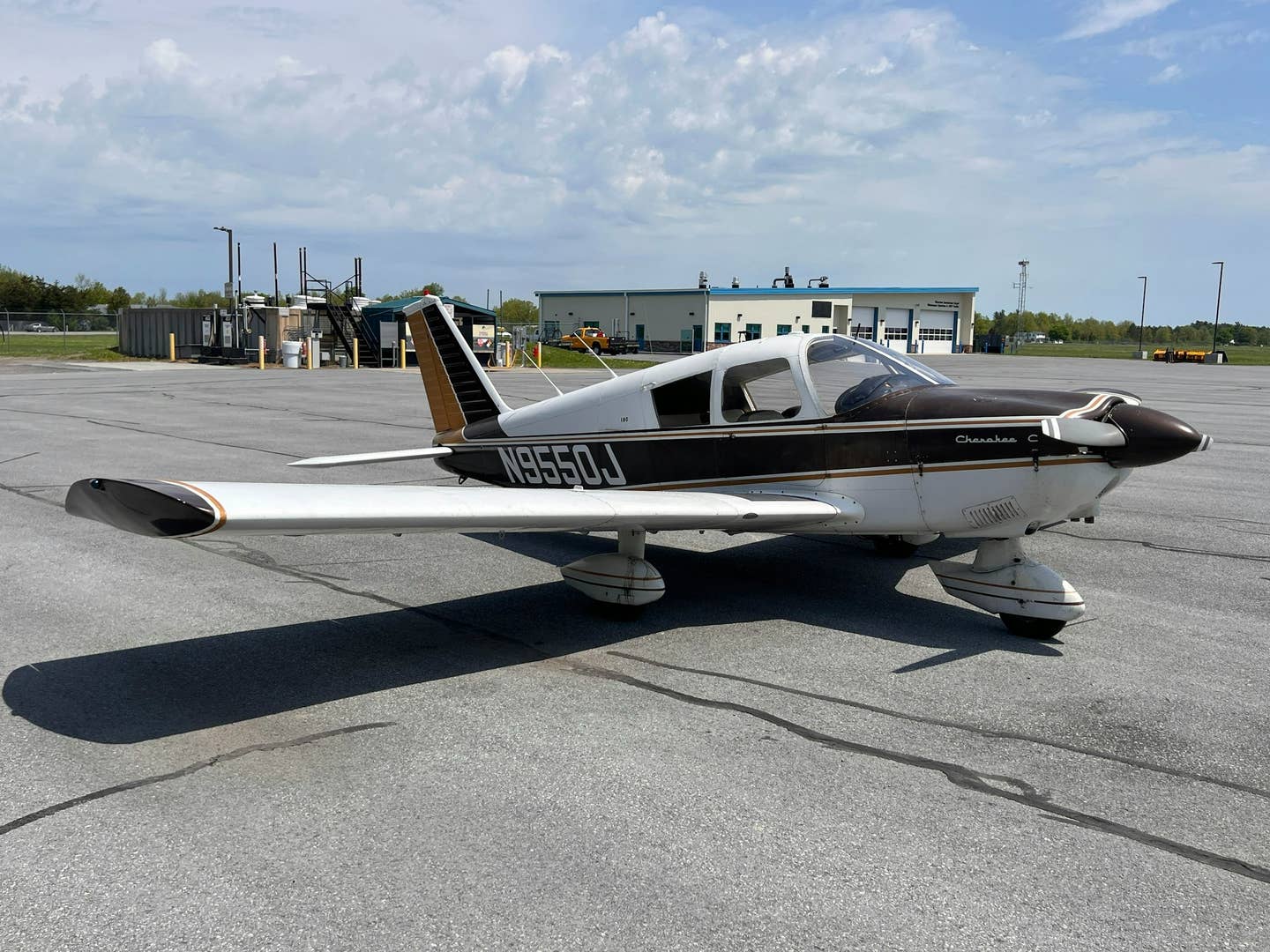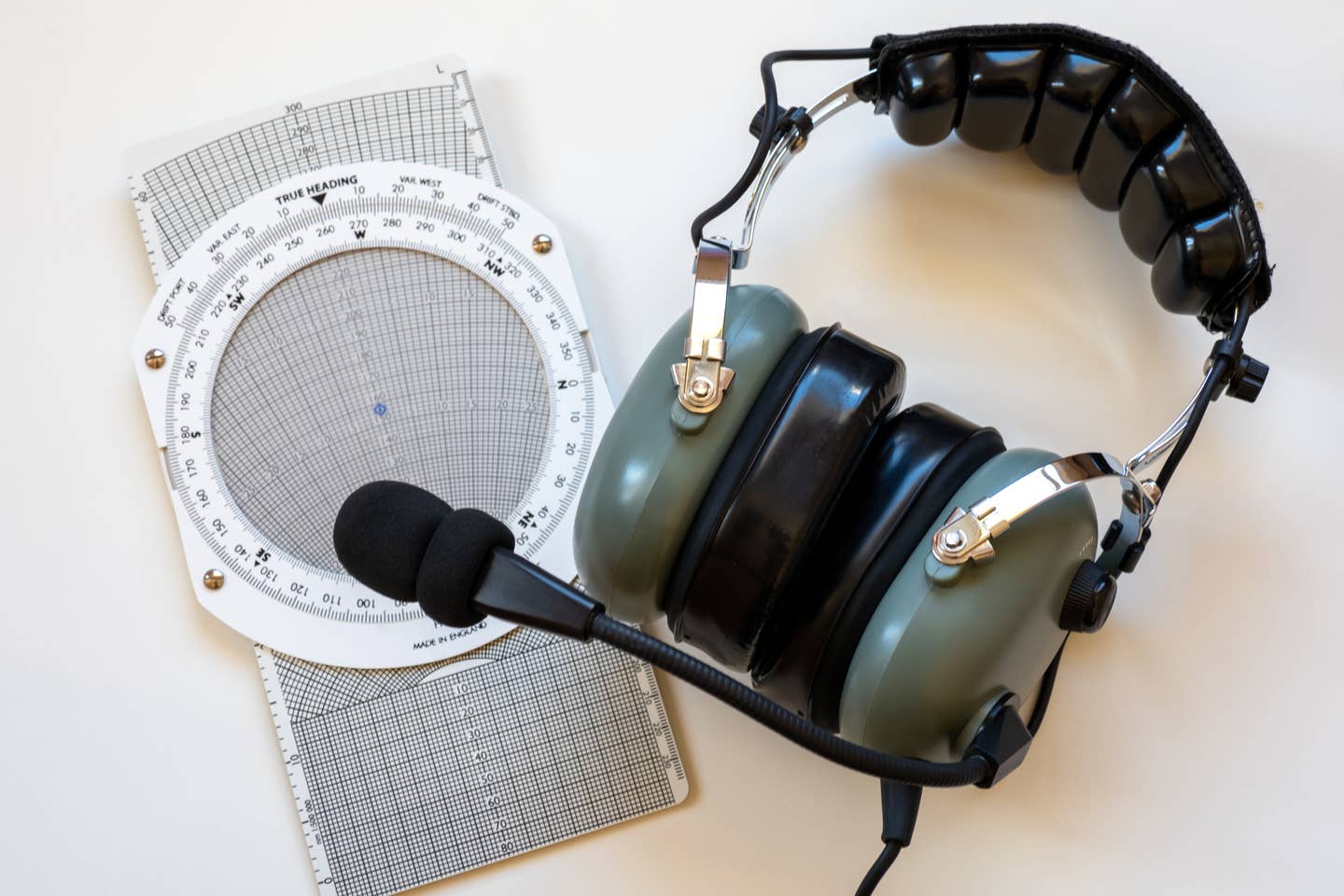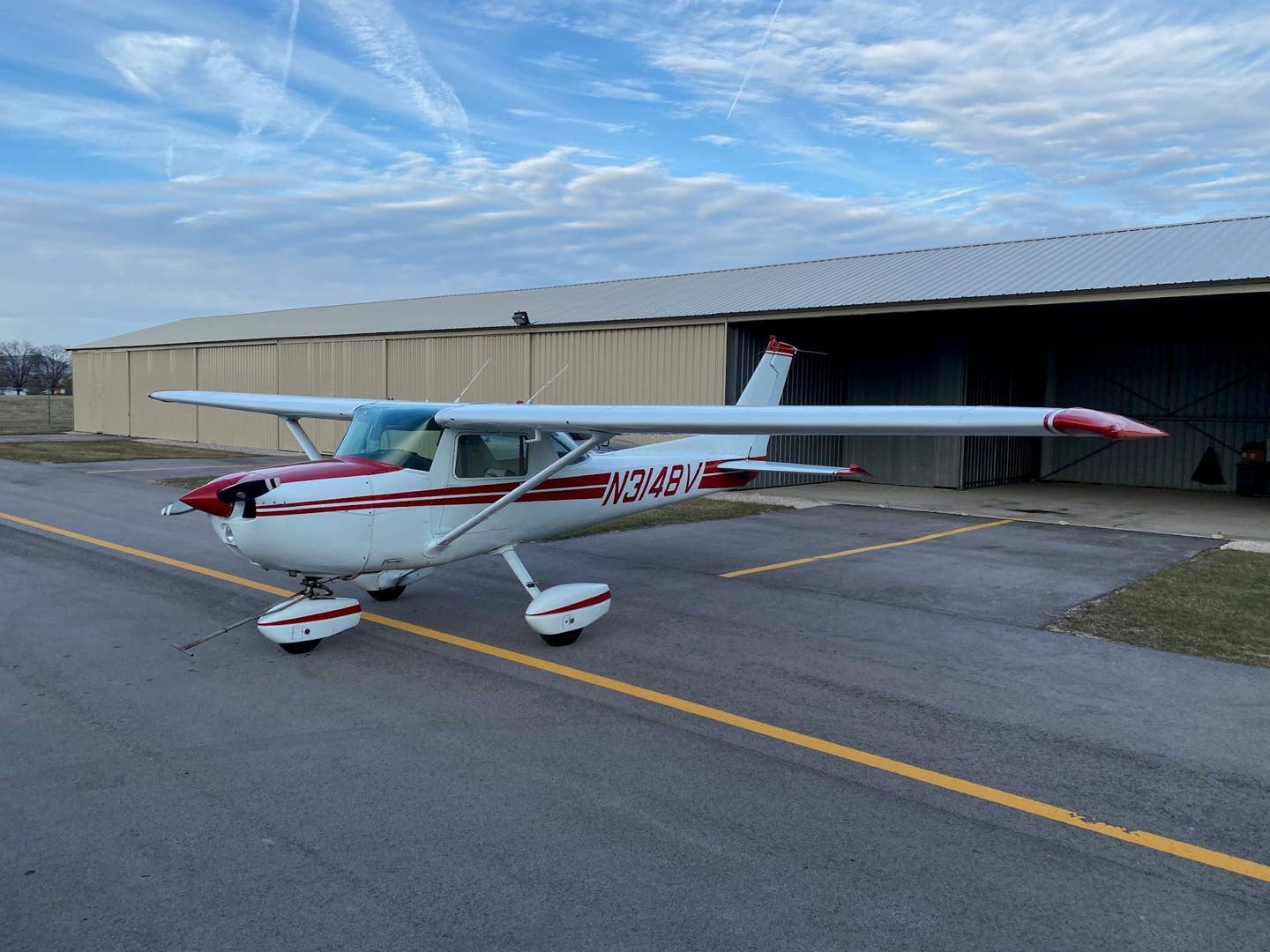Going Direct: Black Hawk Shreds Drone: Why Should We Care?
The collision between a United States Army Blackhawk UH-60 and a civilian drone over Staten Island, New York, last week was the first instance of a civilian drone hitting an…
The collision between a United States Army Blackhawk UH-60 and a civilian drone over Staten Island, New York, last week was the first instance of a civilian drone hitting an aircraft operating in the National Airspace System. The Black Hawk reportedly suffered a small dent in the left side of its fuselage and a dented blade. The helicopter landed shortly after in New Jersey. There were no injuries to any of the crew members, though the drone, thought to have been a small personal model, was destroyed in the collision. Police are looking for the drone flyer, but at this point have made no arrests. The collision took place at 500 feet AGL, where the helicopter was operating legally but the drone was not. It's illegal to fly a drone just about anywhere in New York City outside of public parks, and they are limited to 400 feet AGL, regardless. The pilot of the drone, if caught, could face some pretty stiff penalties, potentially including the suspension or loss of an FAA pilot's certificate, if the drone flyer is so licensed, and there are fines and civil risks too, including jail.
The good news in a way is that this was the first credible drone on aircraft crime, and that means that maybe the FAA's restrictions on where drones may operate are working, and maybe it just means that drones, at least in their current incarnation, don't really pose that big a threat.
In this case there was actual evidence left behind---a piece of the drone got stuck in the helicopter's structure. Last year a suspected drone hit on a British Airways jet landing at London's Heathrow airport turned out to be most likely a case of hysteria, a plastic bag or both. So in this case, there's actual evidence.
The good news, of course, is that the Black Hawk's crew was okay, though it shouldn't really surprise anybody that a 3 pound drone failed to take a battle-ready Army helicopter out of the sky. Three pound birds can cause damage to fixed wing aircraft, but it's almost unheard of for them to cause the planes to crash, though it has happened, and there are a lot more birds than drones, still, and the FAA's has yet to attempt to regulate their flight parameters. In this case, the big sky theory is surely helping.
There's no doubt that the FAA's efforts are well intentioned and potentially effective, too. It's one of those things that's hard to tell, like the accidents involving twins that land on a single engine!sometimes the good news stays off the radar.
Do small drones pose a hazard to commercial, military and GA aircraft? Probably not much of one. Could something catastrophic happen? Sure, but it's really unlikely. Our bigger worry would be the larger drones that are sure to follow as businesses of all varieties ramp up their drone operations. A three-pound drone is very unlikely to take a Skyhawk out of the sky. A 55-pound drone is almost certain to.
But the good news is, these operations will be carefully regulated, and the yahoos who operate the drone that they bought at Best Buy over the weekend will not be the folks flying commercial drones for business purposes. Those folks will be highly visible and totally accountable.
If you want more commentary on all things aviation, go to our Going Direct blog archive.

Subscribe to Our Newsletter
Get the latest Plane & Pilot Magazine stories delivered directly to your inbox


